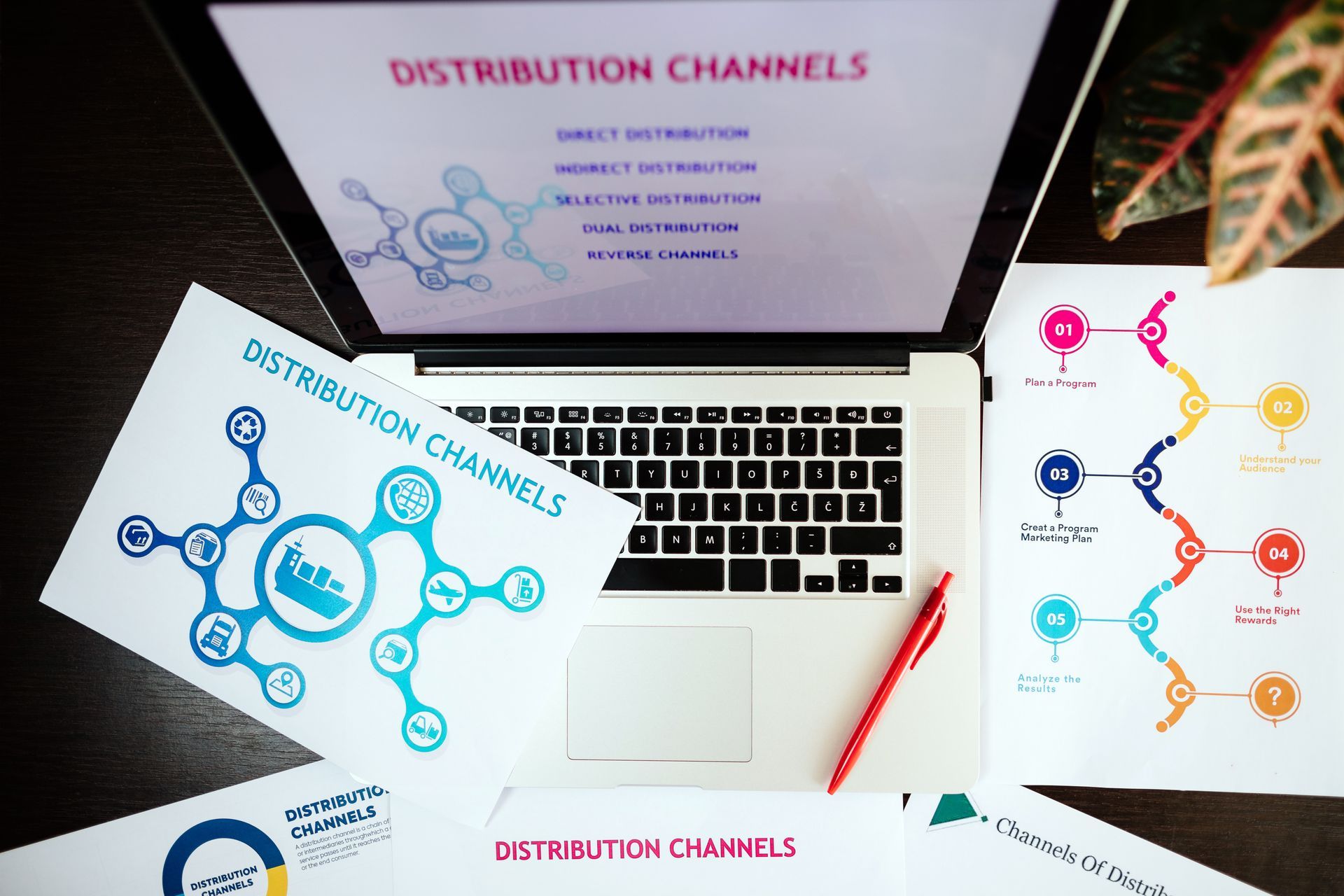The Best Solution to your Ad Performance Issues
The Good News:
So suffice to say part 1 of this article was pretty depressing.
The good news is that you can do something to help in the short term that will also bring many long term benefits..
Your ad performance has been compromised and unfortunately there’s no turning back the clock. This solution requires a longer term commitment, but it’s really your only viable option if you want to regain some of your lost performance and do it in a way that won’t cause problems in the future.
Tell me what to do...
Collect your own 1st party data. That is the foundation of it all.
You already do this, just not very well.
Previously you outsourced this data collection to Google/Facebook/etc who didn't charge you for their efforts (it wasn’t really free, but you didn’t have to pay anything because they know how valuable your customer data is)
Now you can't afford to be so lax.
This has a lot of benefits:
- It’s legal and will remain so in the future. The internet can’t function unless you are allowed to.
- It helps you get to know your customers and to customize their experience
- It can help you improve your ad performance (what we’re after in this article)
- It can help you forecast more accurately
- It reduces decision making time - quality data can help you choose a plan of action more quickly.
The above are just scratching the surface. However, in the context of this article we’re going to look more specifically at how first party data allows you to begin to regain some of your lost ad performance.
Let’s recap the position you used to be in:
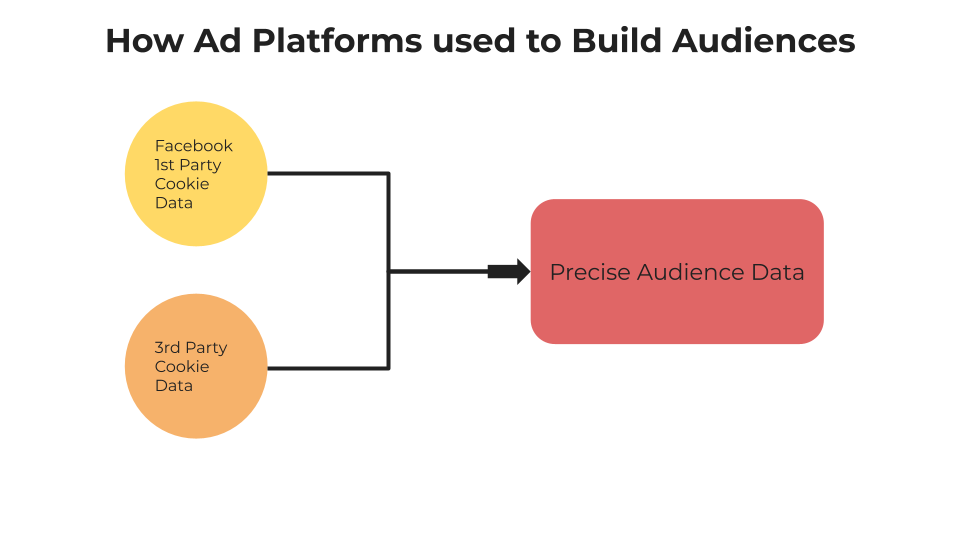
The position you’re in now:
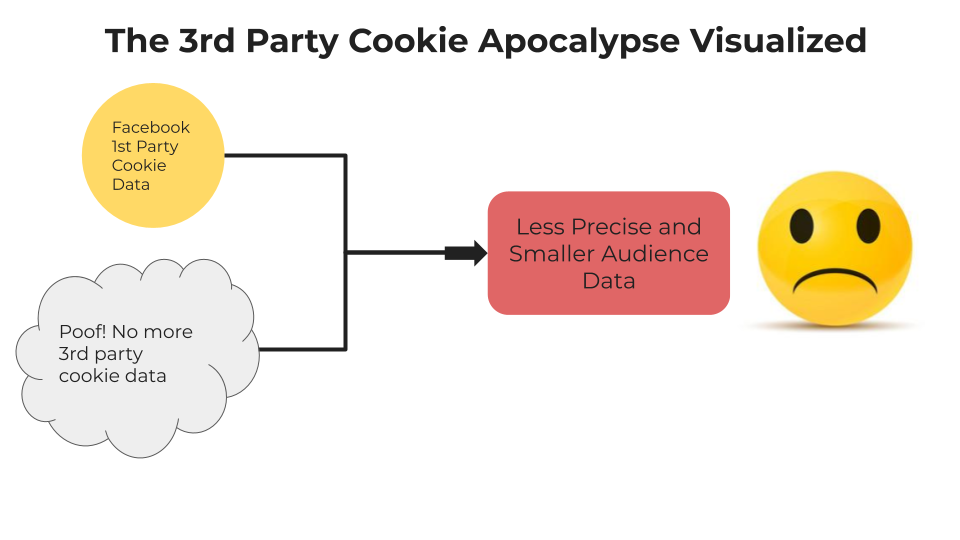
And this is what 1st party data can do:

Your own first party data replaces the missing 3rd party cookie data and allows you to return to more precise audiences and a better ROI.
Let’s dive in a little deeper.
What is a conversion API?
The context around users that ad platforms used to get from 3rd party cookie information can also come from your own website/app. The data you collect on your site can then be fed into a Conversion API. But what is that?
Conversions APIs are designed to connect data from advertisers and advertising platforms. This marketing data could include website events, app events or offline conversions) from an advertiser’s server, website platform, mobile app, or CRM. Meta systems that optimize ad targeting, decrease cost per result and measure outcomes.
Rather than maintaining separate connection points for each data source, advertisers are able to leverage the Conversions API to send multiple event types and simplify their technology stack. In the case of direct integrations, this entails establishing a connection between an advertiser’s server and Meta’s Conversions API endpoint.
Server events are linked to a dataset ID and are processed like events sent via the Meta Pixel, Facebook SDK for iOS or Android, mobile measurement partner SDK, offline event set, or .csv upload. This means that server events may be used in measurement, reporting, or optimization in a similar way as other connection channels. Offline events may be used for attributed offline events measurement, offline custom audience creation or measurement.
A real world example with Facebook (again)
You advertise with Facebook.
You place their pixel. That data is automatically collected by facebook.
Now however, you have your own first party data collection in place.
This allows you to build out profiles of your customers.
You can see who visits certain pages/products on your site.
You segment that audience data.
You push that audience data into Facebook.
Facebook matches it with their data and now you have access to a much better audience.
Crucially it is better in 2 ways:
- It is a much better quality audience
- It is a much higher proportion of the total available audience
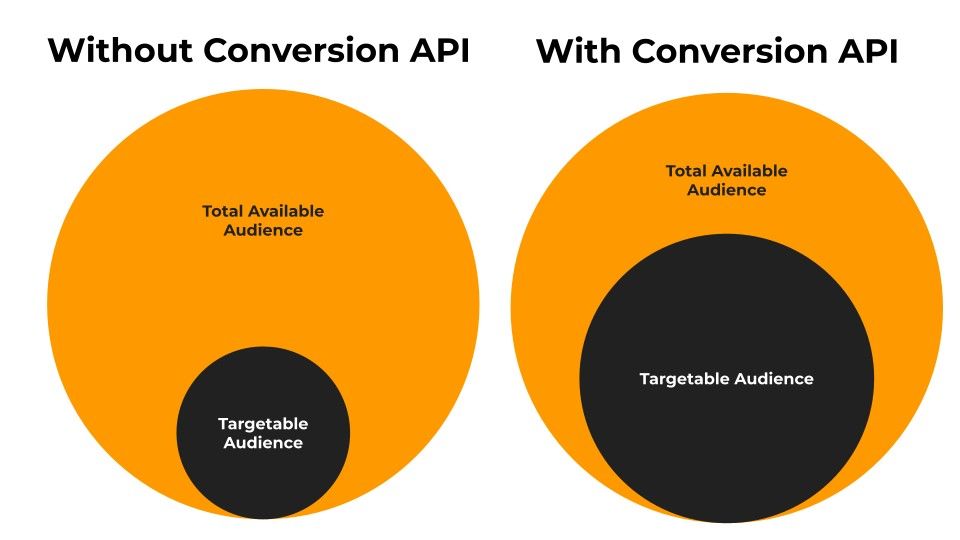
You can obviously do this with any of the platforms that you use. Email, ads, etc they’re all fair game.
Results:
This strategy has been tested quite heavily recently as Facebook and others scramble to regain their footing. Facebook shows an average 13% improvement in CPA and a 20% increase in leads to sales conversions.
Whilst this doesn’t get you back to the glory days of 3rd party data it is a worthwhile investment.
If you have $10,000 of ad spend on Facebook and you usually average 100 conversions a week, you’ll push that up to 120 conversions for the same spend.
How do you set this up then?
If you use Shopify as your e-commerce platform, it already has a built in link to the Facebook conversion API.
The problem is… it isn’t very good.
This is because Shopify does not collect high quality attribution data. There will be too many instances of missing information or duplicates for it to be effective.
You can also do this manually. Facebook has a guide on how to set up a link to the conversion API
here. Other platforms will require a similar process that will have to be repeated with their specifics. You will need your tech team to handle this. It doesn’t require coding, but you will need a familiarity with cloud architecture, events and APIs.
Alternatively, you could have this smooth process with LayerFive:
- Choose the segment you want to target from the visitors to your site

2. Create a custom audience and fill in the required information
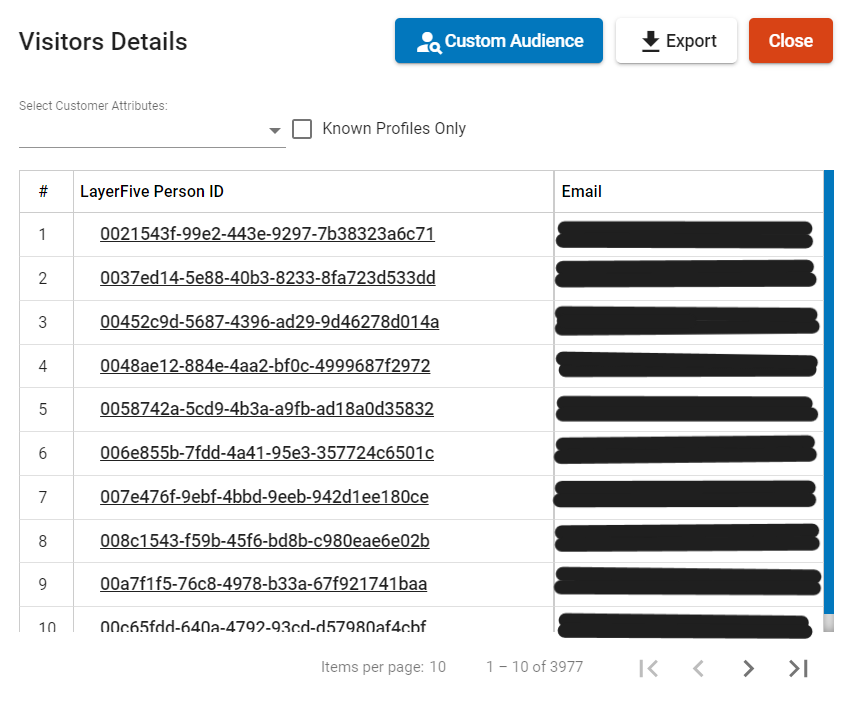
3. Push this audience to Facebook
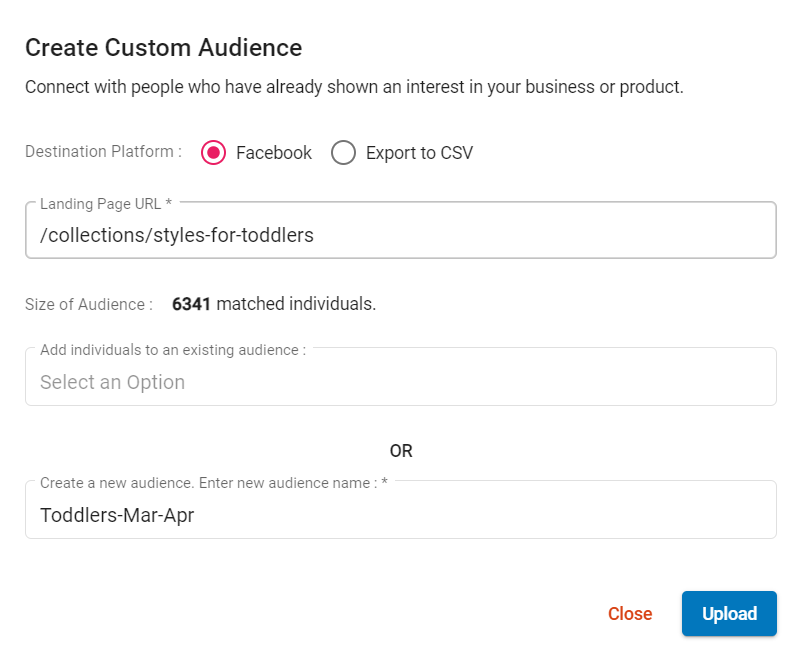
4. Done!
This option will save you considerable time, energy and boost your ad performance!
Conclusion:
Tech waits for no man. There is a constant change that hits everyone who works in any part of the tech industry. Unfortunately, this time it has pummeled marketing.
As this article is being written, developments in AI are changing the way many other aspects of the industry function. It’s unavoidable.
All you can do is update your practices as the changes happen. The good news is that first-party data is not at risk in the long term. Set up a solid system to collect and store this information and you’ll not only help your marketing efforts, you’ll also have incredible insights to help sales, product development and more. Even if AI becomes the all encompassing tool many believe it has the potential to become, it will still need data in order to function.
First-party data is worth the investment.
You might also like:


